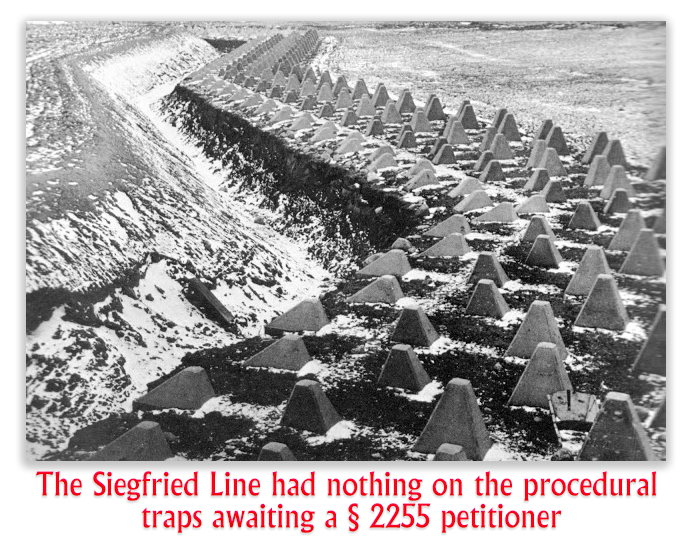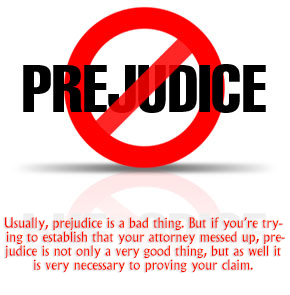We post news and comment on federal criminal justice issues, focused primarily on trial and post-conviction matters, legislative initiatives, and sentencing issues.

JUST THE NEW FACTS, MA’AM
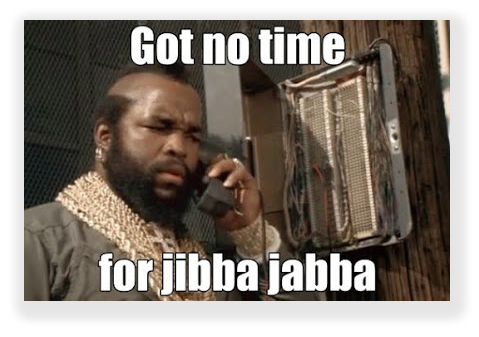 A federal post-conviction motion filed pursuant to 28 USC § 2255 has to be filed within certain deadlines. Beyond the one everyone knows, one year from finality of conviction, 28 USC § 2255(f) has three other categories. The most widely used is § 2255(f)(4), giving a filer one year from “the date on which the facts supporting the claim or claims presented could have been discovered through the exercise of due diligence.”
A federal post-conviction motion filed pursuant to 28 USC § 2255 has to be filed within certain deadlines. Beyond the one everyone knows, one year from finality of conviction, 28 USC § 2255(f) has three other categories. The most widely used is § 2255(f)(4), giving a filer one year from “the date on which the facts supporting the claim or claims presented could have been discovered through the exercise of due diligence.”
Mike Ingram was convicted of a drug offense, and had his mandatory minimum doubled after the government filed a notice of enhancement (for a prior drug conviction) under 21 USC § 851. A few years after his deadline for a § 2255 motion passed, the United States Sentencing Commission issued a report that showed widespread disparity among U.S. Attorney’s offices in the filing of § 851 notices. In other words, a drug defendant with a prior drug conviction was much more likely to get his or her minimum sentence doubled in Davenport, Iowa, for example, than in Sioux Falls, South Dakota, for no better reason than geography.
A year or so after that, Mike’s district judge – the outstanding jurist Mark Bennett – obtained the underlying data the Sentencing Commission had relied on, reinterpreted it in greater detail, and then refused in United States v. Young to apply a § 851 enhancement to a defendant’s sentence. The judge reasoned that “prior to enactment of a National Department of Justice § 851 policy, there was a gross national and district wide disparity in the imposition of such an enhancement for similarly situated defendants.”
 Based on the Young ruling, Mike filed a § 2255 motion. He claimed his petition was timely under § 2255(f)(1) because it was filed within a year of the Young decision, which he argued had revealed new conclusions from the Sentencing Commission data. His district agreed, but denied the motion for other reasons.
Based on the Young ruling, Mike filed a § 2255 motion. He claimed his petition was timely under § 2255(f)(1) because it was filed within a year of the Young decision, which he argued had revealed new conclusions from the Sentencing Commission data. His district agreed, but denied the motion for other reasons.
On appeal, Mike argued the merits of his claim, but the government cross-appealed, contending his § 2255 motion had not been timely filed and never should have been considered at all.
Last week, the 8th Circuit agreed that the § 2255 was filed too late. The Court agreed that although a judicial decision is never considered a new fact under § 2255(f)(4), Mike was right that he was not relying on the Young ruling as such, but rather on “new facts” in Young concerning the disparate application of the § 851 enhancement among the various federal districts. Because the Young decision included new analysis of the underlying 2011 Report data, the Circuit agreed Mike was relying on “the facts presented in Young about the disparate application of § 851 among the various federal districts, not the Young decision itself.” These are indeed new facts, the 8th said.

But “new facts” are only part of the § 2255(f)(4) test. Mike also had to show “that he acted with diligence to discover the new fact.” Here, the appeals court said, it was the issuance of the Commission’s 2011 Report — not the release of the Young decision — that triggered Mike’s duty to act with due diligence. “While the Commission’s 2011 Report may not have set forth the raw data underlying its conclusions,” the Circuit said, “it certainly provided notice that a disparity existed in the application of § 851.” Mike “has not explained why he could not have acted sooner to bring his equal protection/selective enforcement claim based on facts revealed in the 2011 Report. Legal challenges to § 851 enhancements based on disparity or disproportionality are not novel… We conclude that Mike did not exercise due diligence in discovering the facts set forth in the Commission’s 2011 Report.”
Ironically, Mike could not have gotten the data from the USSC through a Freedom of Information Act request, because the Commission is not covered by FOIA. But if he had at least tried to do so, he might have been able to explain why he had acted with diligence, and thus been able to make a § 2255(f)(4) showing.
Ingram v. United States, 2019 U.S. App. LEXIS 23225 (8th Cir. Aug. 2, 2019)
– Thomas L. Root



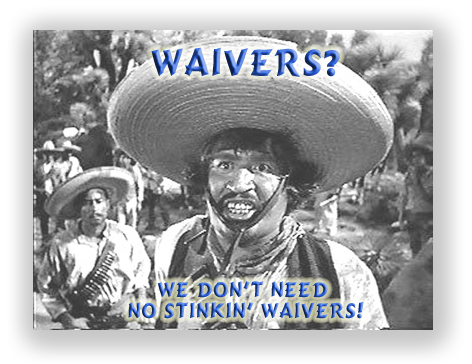




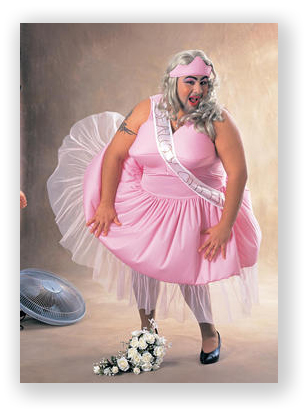 The government “has already been given one full and fair opportunity to offer whatever support for the
The government “has already been given one full and fair opportunity to offer whatever support for the 


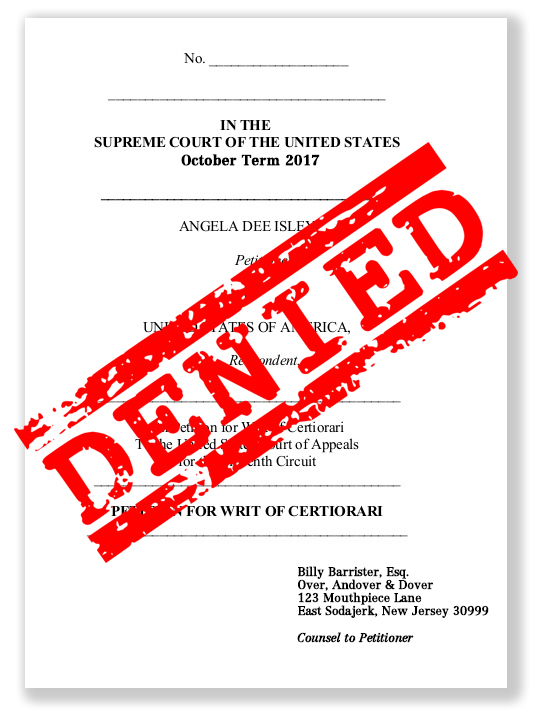
 A number of years ago, Gerald Wheeler was convicted of federal drug trafficking and gun charges. His drug and gun possession sentences were increased dramatically because he had a prior North Carolina drug felony.
A number of years ago, Gerald Wheeler was convicted of federal drug trafficking and gun charges. His drug and gun possession sentences were increased dramatically because he had a prior North Carolina drug felony.


 Federal prisoners, who as a group sat in the back of the room during high school government class, discover the
Federal prisoners, who as a group sat in the back of the room during high school government class, discover the  Reuben filed a petition for writ of error
Reuben filed a petition for writ of error 




